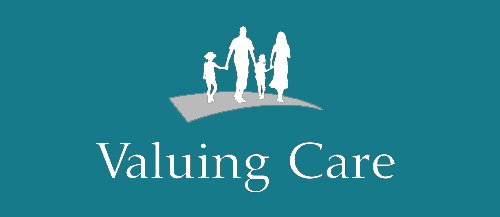Healthcare Leader: CHC demand significant amounts from healthcare budgets
How to avoid being overcharged
Continuing Healthcare (CHC) packages demand significant amounts from healthcare budgets. Care for patients with complex needs could cost thousands of pounds per week, for many years, so working out a better deal on the prices quoted could create much-needed, sustainable savings. Yet NHS re-organisation has left some areas of CHC to drift, creating an opportunity for providers to inflate their prices, particularly for specialist placements. Price squeezes from other purchasers, such as councils, means that providers are looking more and more towards the health sector as a major source of profit.
Further pressure comes from the struggle to define needs categories. This has created inconsistency, which providers have used to lift prices, often through additional services. Providers typically charge 10 to 15% more for long term placements made by CCGs than those made by local authorities, even where the inputs are similar.
Negotiating CHC fees can be one of the most effective ways to get the purchasing process into better shape. Yet in some CCGs teams can be apprehensive about how to apply them in practice, perhaps not knowing how to approach the process or to manage responses from providers.
The message for CCGs to communicate to their staff is that negotiating is not as difficult as it may seem. Encouraging commissioning teams to adopt money-saving techniques helps them to develop new skills and enables better management and control of future spending. Keep in mind that good negotiators can expect to save typically 10 to 15% against a quoted care package.

Top tips for negotiators
Get the timing right
Commissioners often find that the best discount is available in the early stages of the procurement process, when buying a new placement. However, it is possible to negotiate existing contracts. Providers are often more accepting of price negotiations within case reviews.
Know what you want
Trying to get a better deal is impossible unless commissioners actually know what they want. Encourage teams to determine the exact needs, and to communicate these to the provider. This way both the care provider and the commissioner know where to start from.
Commissioners should also be clear about the level and type of care, the location and the facilities required, as well as any additional services needed.
Focus on the patient
Do ensure that the services commissioned meet the patient’s needs rather than those offered by the provider. Like any other market, people may try to sell packages that fit their needs better than those of the patient; there isn’t a one price fits all.
Know the price range
Care packages can be complex; there are a range of different costs underlying the care needs of each individual, from the basic financing of the care home building and facilities, to any additional services that the patient requires. You need to understand what is a reasonable price range for the level of care required.
Organisations should develop an insight into the cost components that make up the price. For instance how many staff, and at what grade, are on shift, and what is the likely hourly rate for each staff type. CCGs that have robust models and banding levels for determining rates for services, which reflect the needs of the patients, will have an advantage here.
Some CCGs find it useful to create framework agreements to inform providers of the value for money price they would expect to pay for a service. There are also many tools and models you can use to create an activity-based cost for individual packages, enabling commissioners to compare quotes against national averages. If the rate is as too high, it is time to negotiate.
Pin down the right person
Talking to the wrong person is a waste of everyone’s time, so ensure that the relevant person in the buying team talks to the person at the care providers who is responsible for cost decisions. This might be the care home manager, or the owner of the care group, regional managers or commercial specialists at head office.
Be calm and friendly
Encourage teams to be calm, confident and focused on the level of care needed, and the budget they have to work with.
Understanding the provider/purchaser relationship is also important. Direct those responsible for buying to build rapport with the person they negotiate with, and remember it’s not a battle; both parties need to feel the outcome is acceptable.
Double check the small print
Remind your teams that it is not necessary to commit too early to a placement; make sure they have also considered the alternatives. It is much easier to negotiate with leverage, and the knowledge that another provider can be approached.
Keep options open
Some care homes may offer clear information on charges, others reserve details for the small print. The Competition and Markets Authority (CMA) is to launch an investigation into whether residents are being treated fairly. There are reports of unfair practices and contract terms, including hidden charges and unexpected fee increases. The investigation will focus on whether there are any breaches of consumer law, but the results will be important for health commissioners to consider.
To protect your organisation against unforeseen price hikes, ensure that purchasers specify all the requirements, including price, within the contract, and that there are set mechanisms for calculating inflation and future increases in need. Nobody wants any surprises, so ask teams to double check the small print.
Get help
There are training courses to help staff gain the practical skills required for assessing CHC placements and achieving value for money.
For teams that prefer to assign the task to a professional, care fees specialists are another option. The best offer a range of tools, both computer based and with human support, to guide commissioners through the costings, taking he worst aspects of the negotiation process away.








